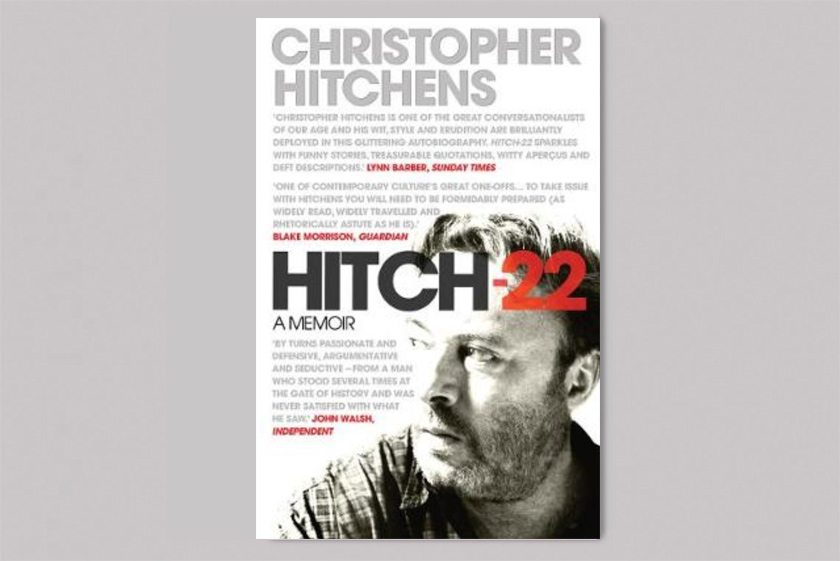

At the beginning, for instance, he draws a compact, empathetic picture of his mother, who struggled to make a glamorous life for herself in the British naval towns where his father was based, and who would one day run off to Athens with a lover and take her life in a suicide pact. (Would it be primitive to say that he seems so English in this way, though he’s become an American citizen?) When he shares a tender memory, his preference is to quickly convert it into a larger political observation for him, politics remains the most crucial sphere of moral and intellectual life. Our protagonist is a bit of a disembodied brain, highly capable of poignancy but not exactly introspection or, as is welcome in memoirs, overwhelming indiscretion. But it’s probably a misnomer to call it a memoir, and easier to enjoy if one thinks of it as a collection of essays instead. None of this means that “Hitch-22” isn’t marvelous in its own way. This is a man who’s cut such a fat swath through the smart set that a dinner with William Styron essentially gets relegated to a footnote, as does the revelation that he learned the identity of Deep Throat long before the public did, by pestering Nora Ephron, Carl Bernstein’s ex-wife (in fact, you would not believe the number of delectable footnotes in this book the devil, apparently, is in the asterisks).ġ976 Signing on. (Though he talks about his experiments on the Wilde side at university - as well as at boarding school, even if those were abruptly brought to an end by a snitch “with the unimprovable name of Peter Raper.”) We do hear about his social life and dearest friendships, and those portraits and set pieces are some of the most pleasurable in the book. We hear almost nothing of Hitchens’s two marriages or three children, and he certainly never discusses falling in love.

And it turns out that much of the autobiographical pith of “Hitch-22” has appeared elsewhere, most notably in Ian Parker’s excellent 2006 profile of Hitchens in The New Yorker, and it’s surprising how little to it that Hitchens now adds - how little, indeed, is in this book that’s generally considered the lymph and marrow of a traditional reminiscence.

This makes the business of writing your memoir much harder. The problem is that if you’re a public figure, especially a writer as extravagantly colorful and prolific as Hitchens (he’s written 11 books, 4 pamphlets and 4 collections of essays, and today appears regularly in Slate, The Atlantic Monthly and Vanity Fair), you may scarcely be aware of how much of your own store of tales has dribbled out over the years, like a sack of flour with a small hole in it.


 0 kommentar(er)
0 kommentar(er)
